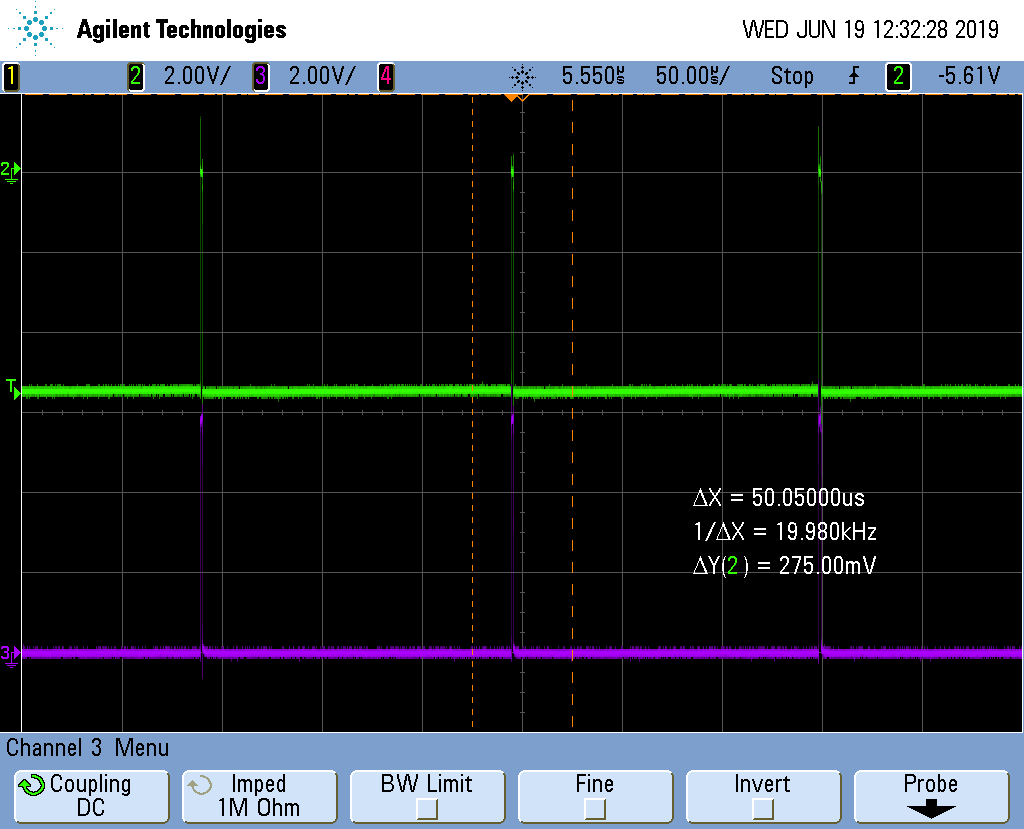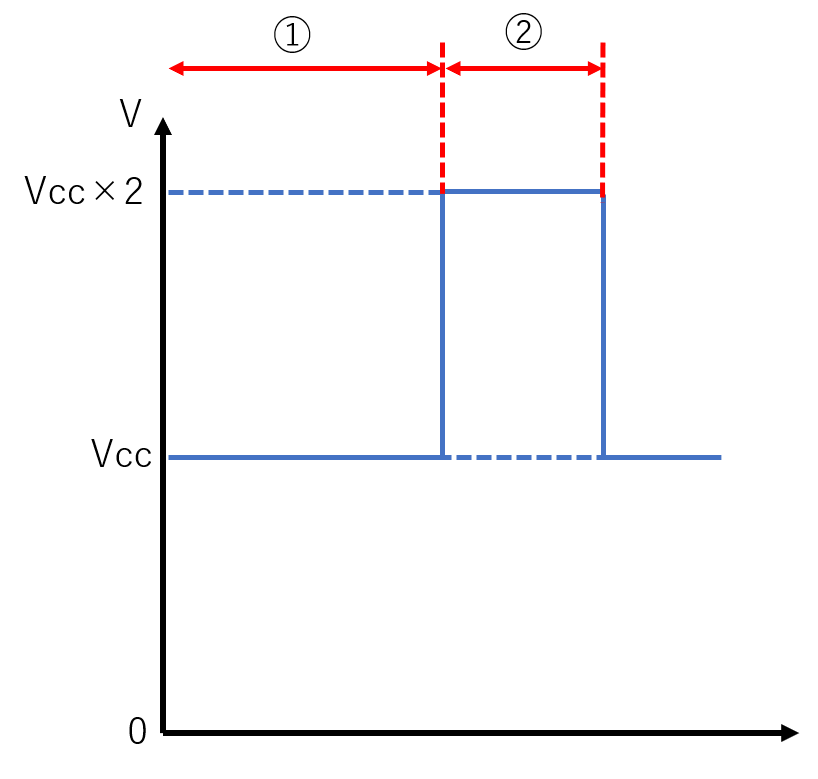Other Parts Discussed in Thread: MAX3232, , , TRSF3232
Dear all,
Our customer would like to ask the value of absolute maximum rating for terminals C1 +, C1-, C2 +, C2-.
However, I could not confirm the these value in datasheet.
Could you tell me the maximum rating values for these four terminals?
Best Regards,
Y.Ottey





